The Best Power Tools for Home Renovation: A Comprehensive Guide
Embarking on a home renovation project is exciting, but it’s also a big undertaking that requires the right tools to get the job done. Whether you’re tackling small upgrades or a full-scale renovation, having a set of reliable power tools can make all the difference in efficiency, precision, and overall success. From demolishing old fixtures to crafting custom furniture, the best power tools will ensure your renovation runs smoothly. In this comprehensive guide, we’ll walk you through the essential power tools every DIY renovator should have in their arsenal.
Why Power Tools Are Essential for Home Renovation:
Renovating your home involves a mix of heavy-duty tasks, from ripping out old cabinetry to cutting through drywall and sanding rough surfaces. While manual tools can get the job done, power tools are faster, more accurate, and less physically taxing, allowing you to work more efficiently and achieve professional-level results. Additionally, power tools provide better consistency, allowing you to tackle projects like plumbing, electrical, and flooring installation with ease.
Cordless Drill/Driver: The Ultimate Multi-Tasker: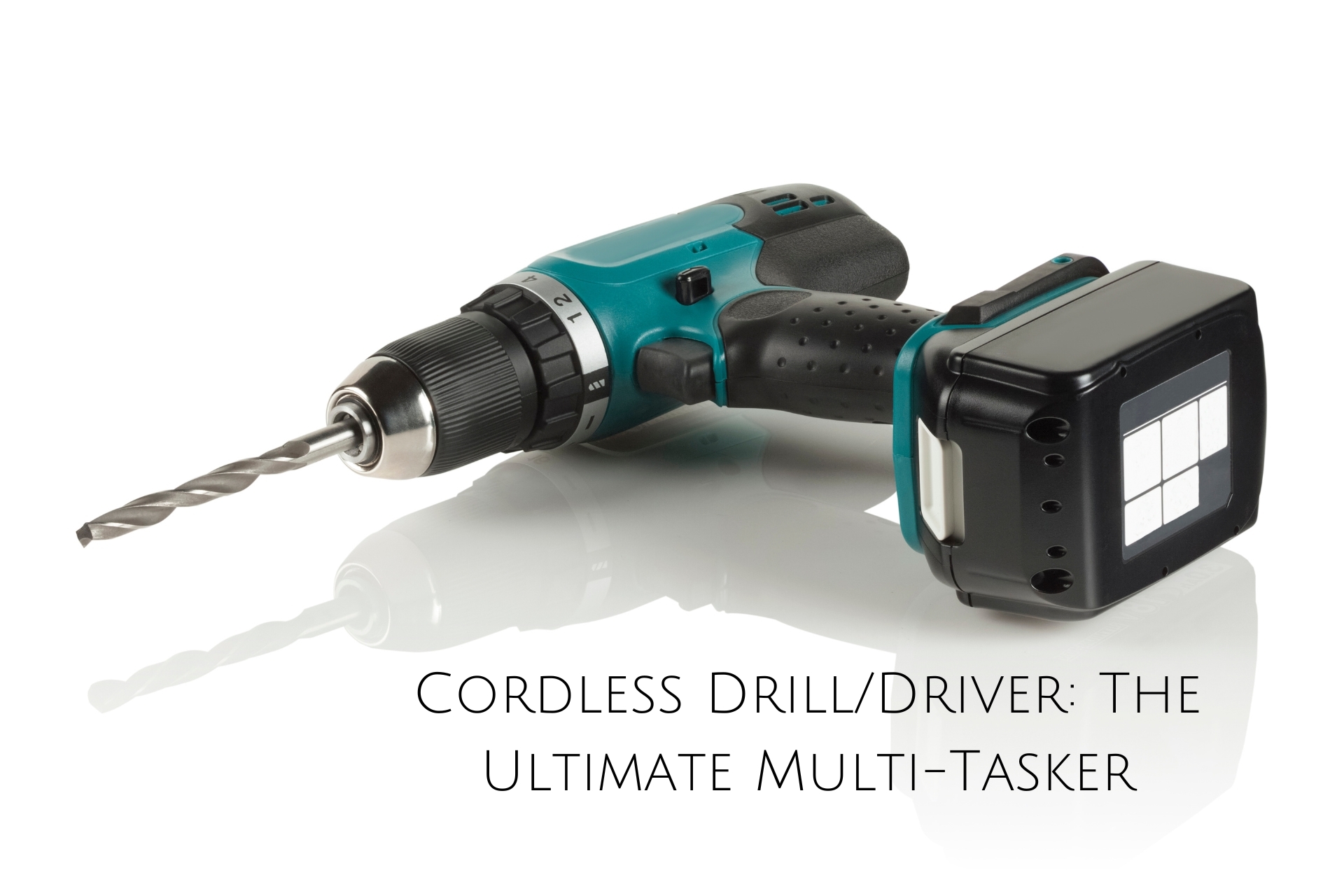
No home renovation is complete without a cordless drill/driver. This tool is indispensable for drilling holes, driving screws, and even mixing paint or grout in some cases. The cordless design gives you maximum flexibility, and with the right attachments, your drill can perform a variety of tasks. Look for a drill with adjustable speed settings and a high torque rating to handle both light and heavy-duty jobs.
- Key Features to Consider:
- Variable speed settings
- High battery life (preferably lithium-ion)
- Comfortable grip for extended use
- Multiple speed and torque settings for versatility
- Best Uses: Drilling holes for anchors, driving screws into walls, assembling furniture, or installing hardware.
Circular Saw: Precision Cuts for Every Project: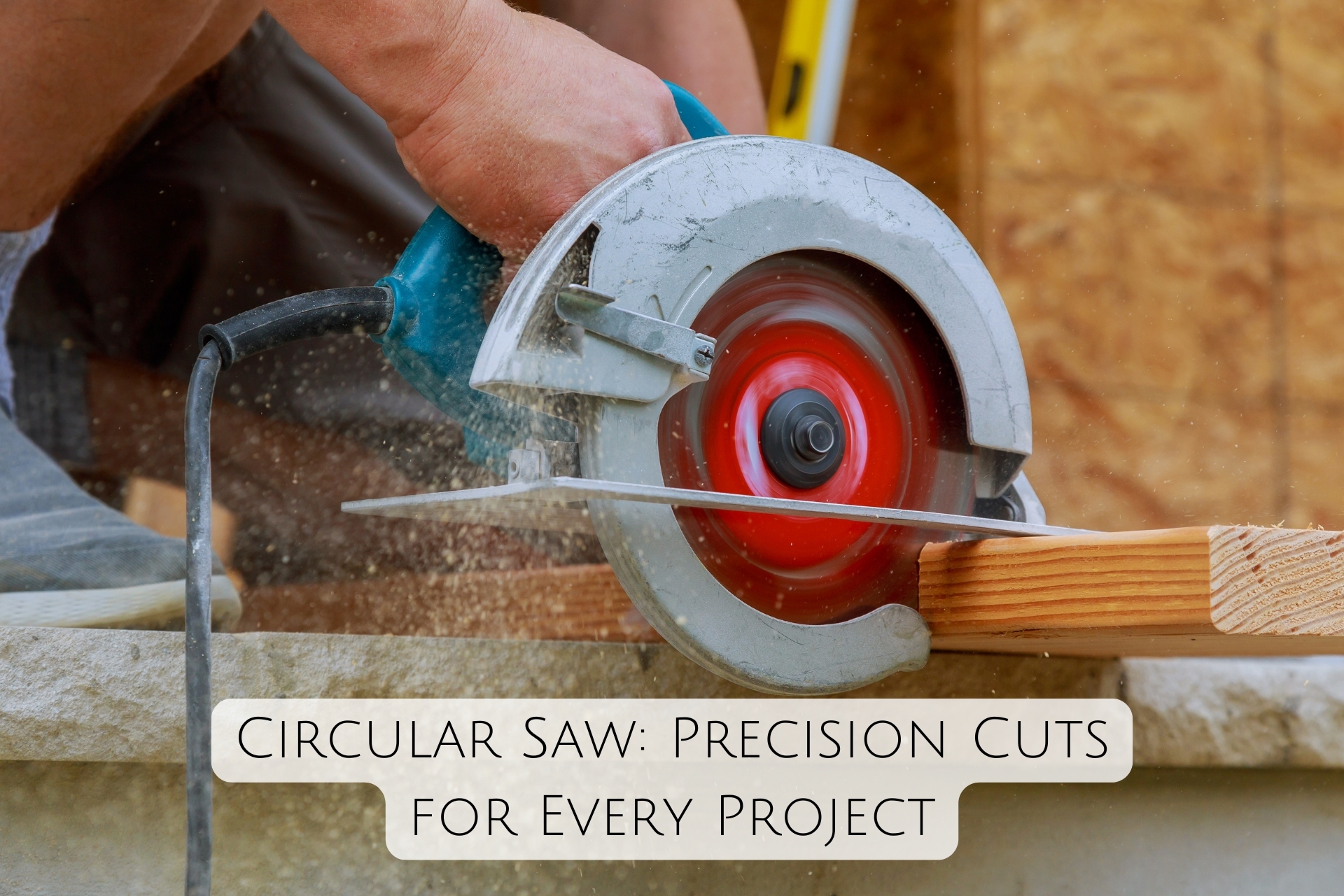
A circular saw is a must-have for cutting through a variety of materials such as wood, plywood, plastic, and even metal (with the right blade). Its ability to make straight cuts quickly and accurately makes it ideal for framing, cutting flooring, and trimming drywall. For advanced users, some models offer bevel and depth adjustment, allowing you to make angled cuts for specialized projects like crown molding.
- Key Features to Consider:
- Adjustable cutting depth and bevel
- Powerful motor (at least 15 amps)
- Lightweight design for easier handling
- Dust blower or vacuum attachment to keep cuts clean
- Best Uses: Cutting lumber, plywood, MDF, or flooring materials; trim work and framing.
Reciprocating Saw: The Demolition King: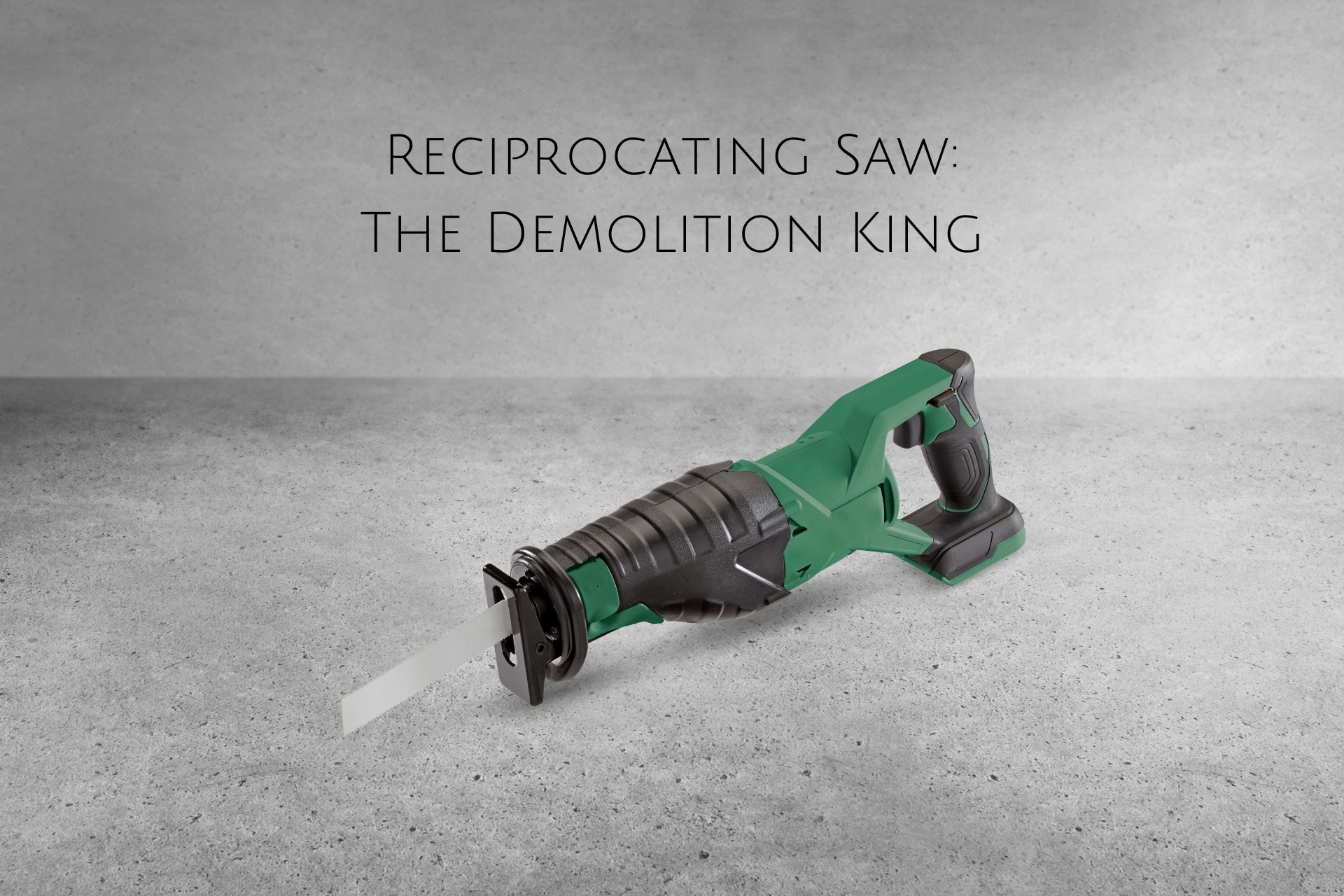
When it comes to demolition, a reciprocating saw (often called a “sawzall”) is your best friend. This tool excels in cutting through tough materials like nails, pipes, drywall, and wood with ease. Whether you’re ripping out old plumbing, breaking down old cabinets, or cutting through thick beams, a reciprocating saw’s versatility is unmatched.
- Key Features to Consider:
- Adjustable speed for better control
- Anti-vibration system to reduce user fatigue
- Quick-change blade system for fast blade swaps
- Best Uses: Demolition work, cutting pipes, plumbing, trimming branches, and cutting through tough materials.
Jigsaw: Curves and Precision Cuts:
This tool is ideal for cutting plywood, MDF, laminate, and even metal sheets. It’s especially useful when you need to make precise cuts for custom designs, such as cutting countertops, shelves, or circular holes in drywall.
- Key Features to Consider:
- Adjustable speed settings for different materials
- Orbital action for smoother cuts
- Blade guide for better precision
- Best Uses: Cutting curves, circles, and intricate patterns in wood, metal, or plastic; cutting countertop edges or sink holes.
Sander: Smooth Finish Every Time:
Achieving a smooth, professional finish is a crucial part of any renovation project. A power sander is essential for sanding drywall, smoothing wood surfaces, and prepping surfaces for painting or staining. Whether you opt for a random orbital sander or a belt sander, both will help you achieve a flawless finish with minimal effort.
- Key Features to Consider:
- Variable speed settings for different jobs
- Dust collection system for a cleaner workspace
- Ergonomic design to reduce fatigue
- Best Uses: Sanding rough surfaces, smoothing wood before staining or painting, removing old paint or finishes, and prepping drywall for finishing.
Miter Saw: Precision Angle Cuts: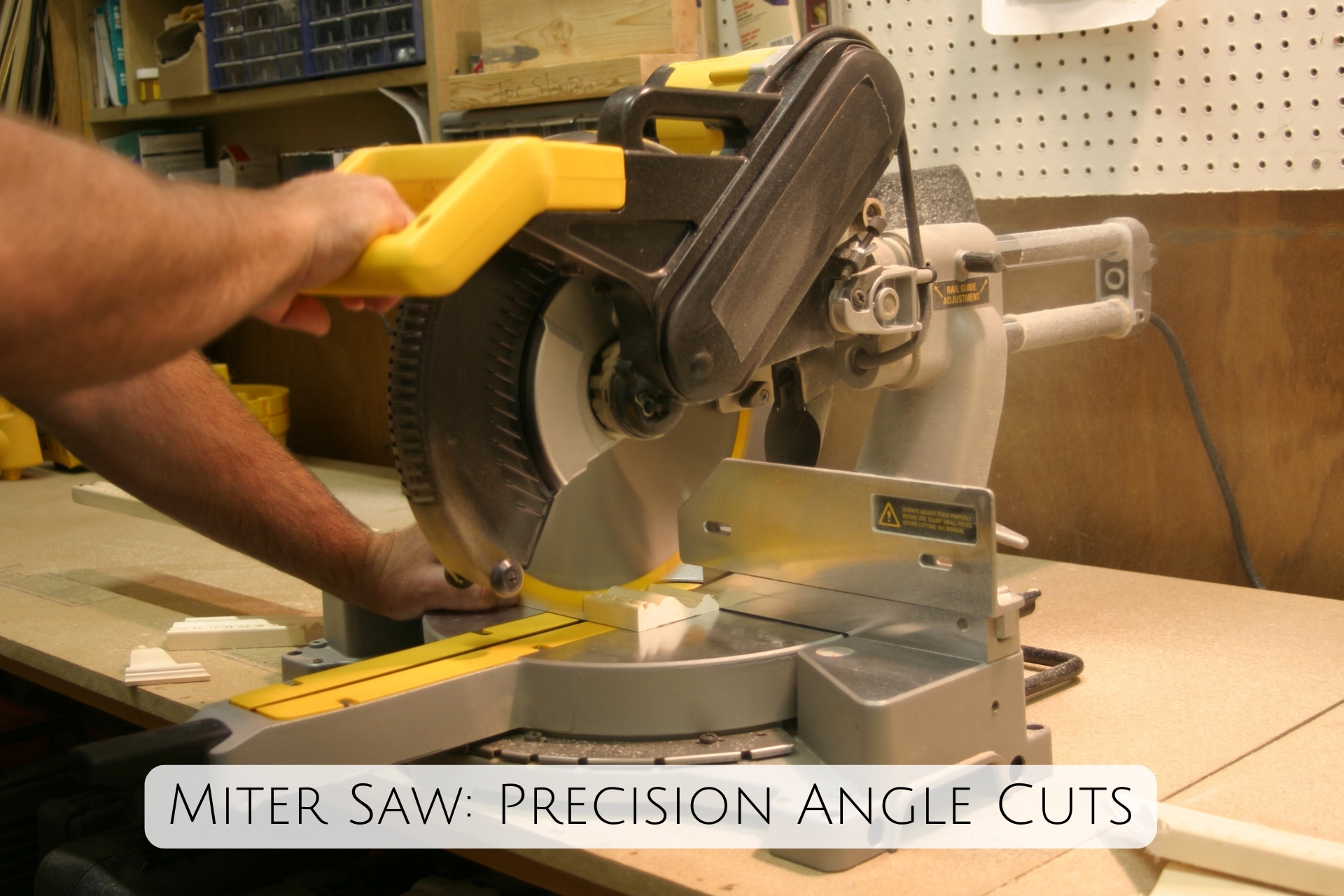
A miter saw is a specialized tool designed for making precise angled cuts. Whether you’re installing crown molding, framing, or building a custom bookshelf, a miter saw is the go-to tool for clean, straight cuts at exact angles. A sliding miter saw can provide even more versatility by allowing for wider cuts, perfect for larger projects like baseboards or deck framing.
- Key Features to Consider:
- Adjustable miter and bevel settings
- Laser guide for accurate cutting lines
- Sliding feature for larger workpieces
- Best Uses: Cutting molding, trim, baseboards, and framing lumber at various angles.
Impact Driver: Power and Precision for Fastening:
While a cordless drill/driver can handle most screwdriving tasks, an impact driver provides extra power when you need to drive long screws or work with tougher materials. The impact driver uses a hammering action to drive screws into wood, metal, or concrete with greater ease and speed, making it the ideal tool for heavy-duty fastening.
- Key Features to Consider:
- Compact design for tight spaces
- High torque for heavy-duty applications
- Quick-change chuck for fast bit swaps
- Best Uses: Driving long screws, fastening hardware, assembling furniture, and building outdoor projects.
Angle Grinder: Cutting, Grinding, and Polishing: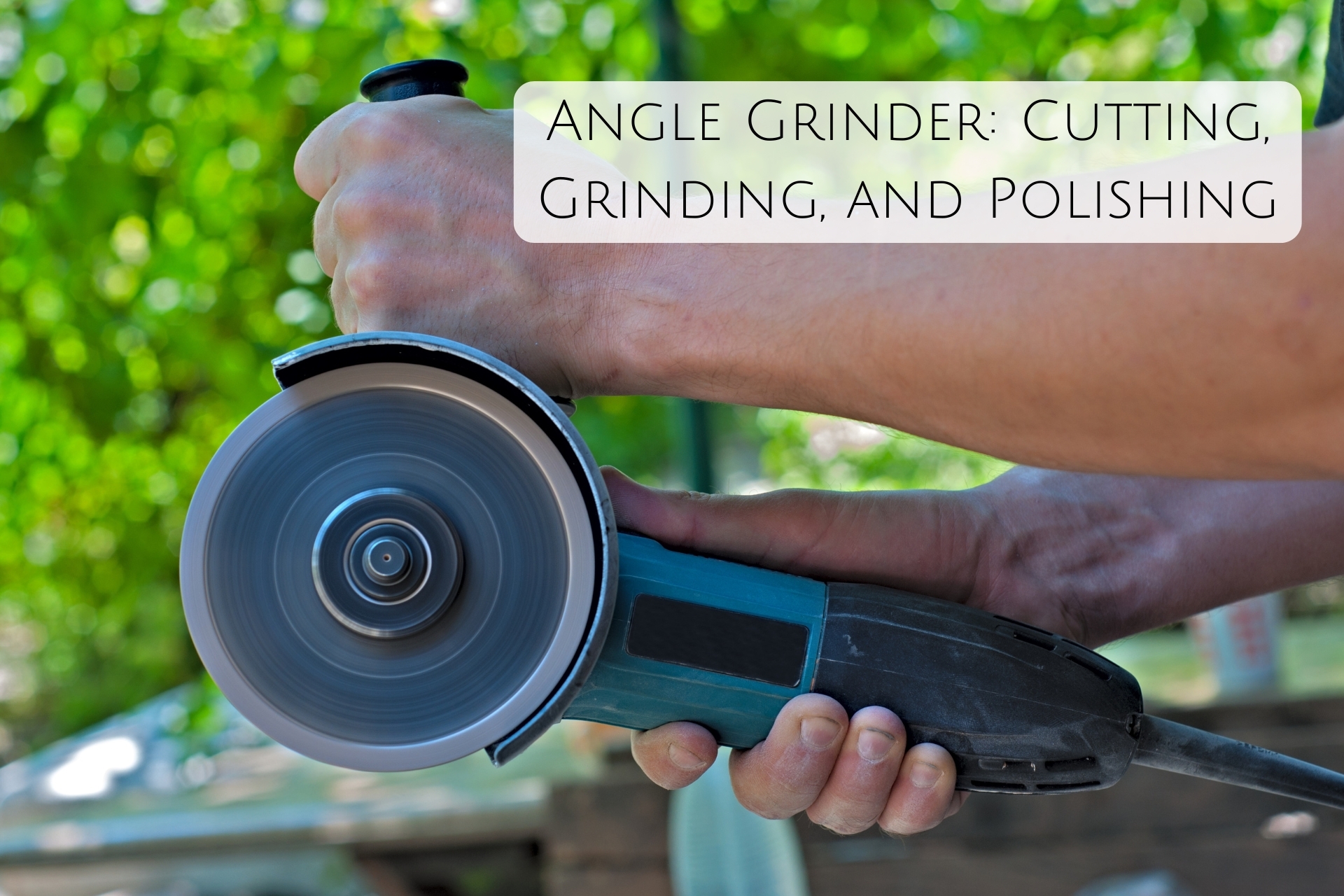
An angle grinder is a powerful tool that excels in cutting, grinding, and polishing metal, stone, and concrete. This tool is especially useful when you need to cut through tough materials like rebar, rust, or tiles during demolition or renovation work.
- Key Features to Consider:
- Adjustable guard for safety
- Variable speed for different applications
- Powerful motor for heavy-duty tasks
- Best Uses: Cutting metal pipes, grinding welds, removing rust, polishing concrete floors, and cutting tile or stone.
Wet/Dry Shop Vacuum: Clean Up After Renovation Work: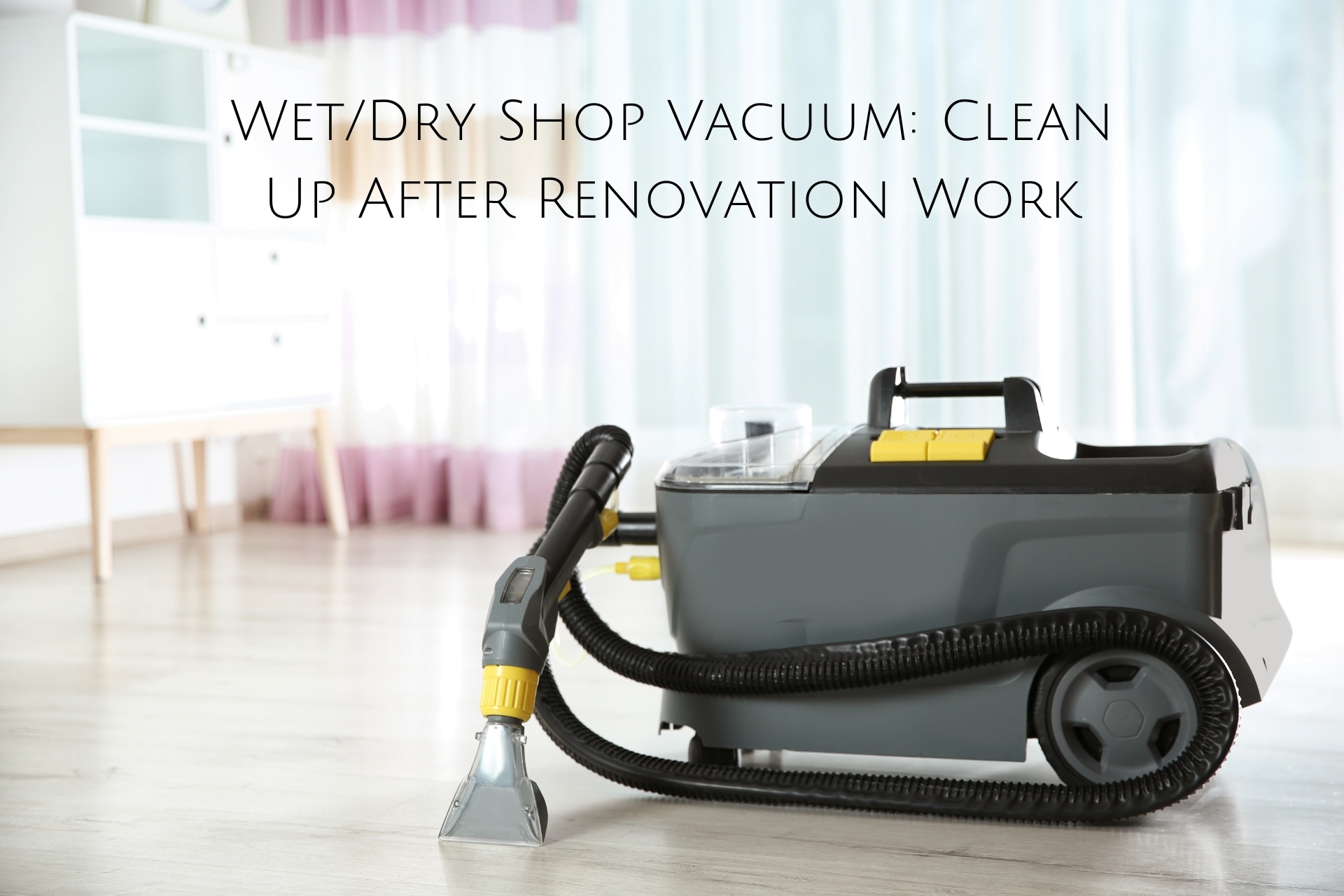
A wet/dry shop vacuum is an invaluable tool for cleaning up after demolition and renovation work. It’s designed to handle large debris, sawdust, and even liquids, making it perfect for keeping your workspace clean and safe. After all, a tidy space is a productive space!
- Key Features to Consider:
- Large capacity to handle debris
- Strong suction power
- Multiple attachments for different cleaning tasks
- Best Uses: Cleaning up dust, debris, and liquids during and after your renovation project.
Conclusion: The Right Tools Make All the Difference:
Choosing the right power tools for your home renovation is essential for a smooth and successful project. With the right tools in hand, you can tackle any task with confidence and ease. Whether you’re demolishing old fixtures, cutting new materials, or putting the finishing touches on your project, investing in quality power tools will help ensure professional results.
Remember to prioritize safety—always wear protective gear such as safety glasses, ear protection, and dust masks when using power tools. By combining the right tools with careful planning, your home renovation project will be a rewarding experience that enhances your home’s beauty and functionality for years to come.
Latest Blogs
The Best Power Tools for Home Renovation: A Comprehensive Guide
Embarking on a home renovation project is exciting, but it’s also a big undertaking that requires th...
Tech in the Garden: The Rise of Smart Gardening Tools
Gardening has traditionally been a relaxing, nature-centric hobby, but with recent advancements in t...
Tech in the Garden: The Rise of Smart Gardening Tools
Gardening has traditionally been a relaxing, nature-centric hobby, but with recent advancements in t...
Security Lighting and Motion Detectors: An Underrated Defense Mechanism
When it comes to home security, many people focus on locks, alarms, and surveillance cameras. Howeve...
Scent Pairing: How to Match Your Home Fragrance with Your Interior Design
When we think about home design, we often focus on the visual appeal—colors, textures, furniture, an...
Retro vs. Modern: How Kitchen Gadgets Have Evolved Over the Years
Kitchen gadgets have transformed dramatically over the years, reflecting advances in technology, evo...






